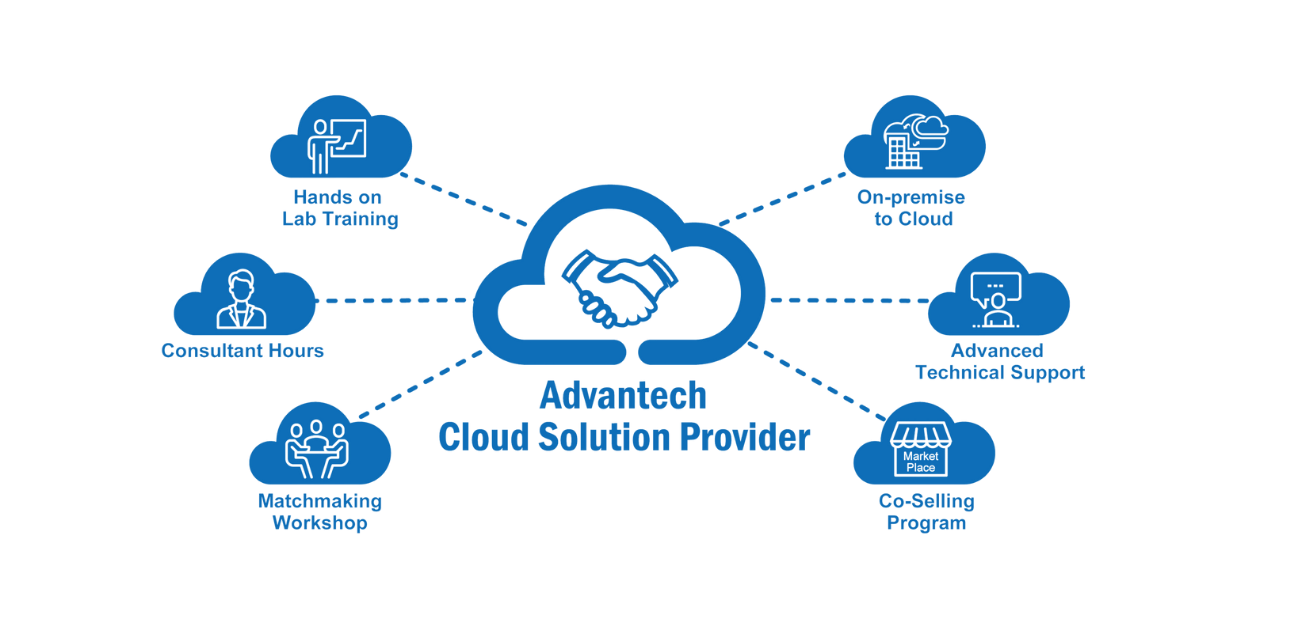Universal Cloud Service: Versatile and Scalable Solutions for every single Market
Universal Cloud Service: Versatile and Scalable Solutions for every single Market
Blog Article
Achieve Seamless Scalability With Cloud Services
In the ever-evolving landscape of cloud solutions, attaining seamless scalability stands as a cornerstone for modern businesses seeking to remain adaptable and competitive. The capacity to effortlessly increase or acquire sources in reaction to transforming demands is a crucial advantage in today's hectic electronic atmosphere. By understanding the art of scalable cloud remedies, companies can not just enhance efficiency and streamline procedures yet additionally lead the way for future development and technology. The mission for smooth scalability with cloud solutions reveals a globe of possibilities for those happy to embrace the transformative power of vibrant resource management.
Benefits of Cloud Scalability
Cloud scalability uses companies the versatility to dynamically adjust sources based upon demand, ensuring optimal efficiency and expense efficiency. One vital benefit is the capability to range resources up or down quickly in reaction to rising and fall workloads. This agility allows companies to satisfy transforming consumer needs without over-provisioning sources, ultimately resulting in cost financial savings. Scalability likewise boosts performance by making certain that systems can take care of raised traffic or workload without experiencing downtime or downturns. By successfully allocating resources, companies can preserve high levels of efficiency throughout peak times without unnecessary expenses throughout quieter periods. Additionally, cloud scalability promotes development and testing by allowing companies to quickly evaluate brand-new concepts and scale them as needed. This versatility motivates a culture of continuous renovation and adaptation, allowing companies to remain competitive in a swiftly evolving market landscape. Eventually, the advantages of cloud scalability extend beyond cost savings to encompass improved efficiency, agility, and innovation.
Secret Features for Scaling
Efficient scaling in cloud solutions counts on crucial functions that allow companies to adjust sources dynamically based upon need. One vital feature for scaling is elasticity, permitting sources to scale up or down in reaction to varying work. This guarantees that companies can fulfill performance needs without over-provisioning resources. Another essential function is scalability, making it possible for systems to handle enhanced work by including resources flawlessly. This feature is critical for suiting growth without endangering performance. Furthermore, automation plays a vital function in scaling by automating the provisioning and de-provisioning of sources based upon predefined plans. Automation reduces human treatment, improves efficiency, and makes certain fast action to transforming demands. Monitoring and analytics devices are likewise crucial for scaling, supplying understandings into source usage, performance metrics, and potential traffic jams. These devices enable organizations to optimize and make informed choices resource allowance for effective scaling. On the whole, these key features collectively empower companies to attain seamless scalability in cloud solutions.
Carrying Out Auto-Scaling Approaches
To effectively enhance source allocation and adapt to differing workloads, companies must tactically apply auto-scaling approaches in their cloud services framework. Auto-scaling enables systems to immediately readjust the variety of compute resources based upon real-time need. There are various auto-scaling techniques that companies can employ, such as anticipating scaling, which uses historical data to anticipate future source requirements, and reactive scaling, which reacts to present workload changes.

Finest Practices for Scalability
For organizations intending to boost their scalability in cloud solutions, implementing best techniques is vital for optimum performance and source monitoring. One key best technique is designing applications with a microservices style. This technique breaks down applications into smaller, independent solutions that can check that be released, upgraded, and scaled independently, allowing for better flexibility and scalability.
Another crucial technique is making use of containerization technology, such as Docker or Kubernetes. Containers allow the packaging of applications and their reliances into separated systems, making it simpler to scale parts independently and deploy them continually across various environments.
Additionally, implementing automated release and infrastructure as code (IaC) can enhance scalability efforts (linkdaddy cloud services). Automation tools like Terraform or Ansible help in provisioning and managing resources efficiently, reducing hand-operated mistakes and allowing quick scalability
In addition, monitoring performance metrics, establishing informs, and carrying out routine ability preparation are essential methods to make certain positive scalability management. By adhering to these finest techniques, organizations can achieve seamless scalability in their cloud services while optimizing performance and source application.
Monitoring Performance Metrics
When analyzing the performance of cloud services scalability, very closely keeping an eye on performance metrics is crucial for making sure optimum capability and resource allotment. By continually tracking vital efficiency indications (KPIs) such as feedback times, latency, throughput, and source use, companies can obtain important insights into the health and wellness and effectiveness of their cloud facilities. Keeping track of efficiency metrics permits the very early discovery of potential bottlenecks or concerns that might influence scalability, allowing aggressive measures to be required to resolve them before they escalate.

Final Thought
Finally, accomplishing seamless scalability with cloud services is necessary for companies to maximize performance, enhance development, and keep high performance levels during peak times. By leveraging the advantages of cloud scalability, applying auto-scaling techniques, utilizing vital functions such as flexibility and automation, and adhering to finest methods like application design and performance monitoring, businesses can efficiently scale their systems while optimizing source utilization and efficiency.
The mission for smooth scalability with find more info cloud services reveals a globe of possibilities for those prepared to accept the transformative power of dynamic resource administration.
Cloud scalability provides organizations the adaptability to dynamically adjust resources based on demand, making certain optimum performance and expense efficiency. One more crucial feature is scalability, making it possible for systems to handle boosted work by including sources flawlessly.For companies aiming to enhance their scalability in cloud services, carrying out ideal techniques is crucial for optimal performance and source management.When evaluating the effectiveness of cloud services scalability, closely monitoring efficiency metrics is important for guaranteeing optimal functionality and source appropriation.
Report this page